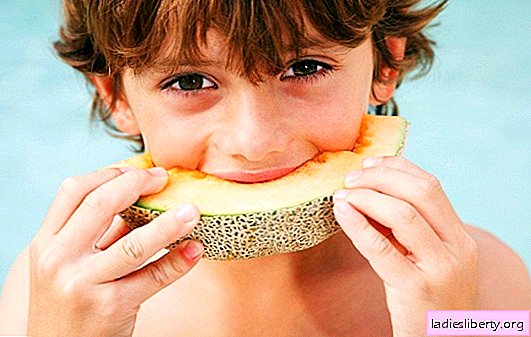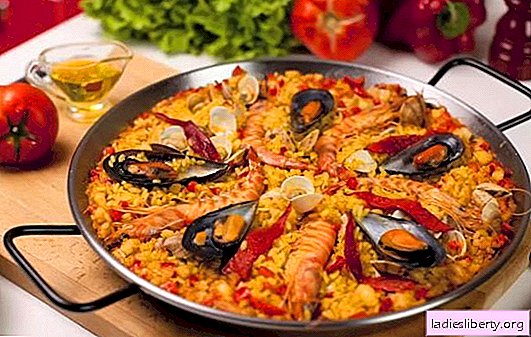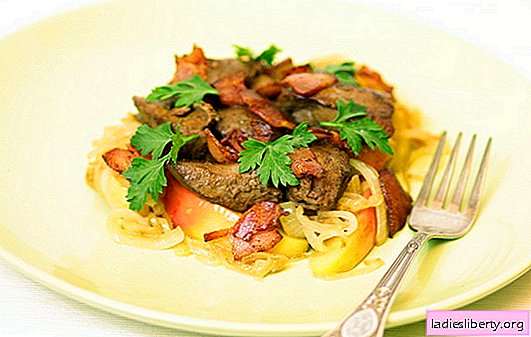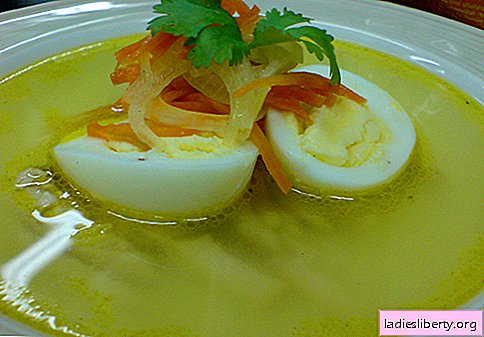
Summer melons are fragrant, sweet, juicy. In the season, both adults and children enjoy them. If you want to please a baby with a bright taste, a logical question arises: at what age can a child be given a melon? In order not to harm the baby’s health, it is very important to correctly draw up a children's diet and be able to choose the most ripe and tasty melon.
Useful properties of melon
Melon is not a fruit, but a false berry, the closest relative of the pumpkin. Its dense sweet flesh has a unique composition: water, sugar and fiber. Melon is useful for young children because of the high content of B, A, C, E, PP vitamins, pectins, minerals, easily digestible fats, and essential oils.
Melon is useful for constipation, anemia, kidney, liver, and skin diseases. It contains a lot of substances that a growing child's body needs. Each of them does their important work:
- Vitamin A and carotene will ensure normal growth and enhance visual acuity;
- potassium strengthens the heart muscle;
- folic acid will support optimal hematopoiesis;
- ascorbic acid will make the immune system strong;
- magnesium and carbohydrates are beneficial for the nervous system;
- phosphorus and iodine strengthen the body;
- plant fiber protects the intestines, makes the stool soft;
- pectin helps to quickly evacuate toxins.
Melon is very juicy and perfectly quenches thirst. It is much more useful than sparkling water with dyes and preservatives.
Negative melon reactions
Due to the large amount of fiber, melon is difficult to digest, therefore it is advised to eat separately from other foods. In addition, it is not digested in the stomach, but in the intestine, passing there in transit immediately after eating. Therefore, you can not eat this berry fruit as a dessert, and neither adults nor children. Staying in the stomach, it will cause fermentation, bloating, nausea.
What negative reactions to a melon can a child have?
- Nausea, diarrhea, and increased gas formation.
- Nitrate poisoning if the product is of poor quality.
- Allergy.
Melon should be stored only in the refrigerator, pathogenic microflora can develop in it literally in 2-3 hours. Having eaten the incorrectly stored melon, the child will catch a severe intestinal infection. It doesn’t matter at what age you can give a child a melon: we are talking about poisoning any person.
A lot of sugar in the melon makes it diabetes banned product. Children with this diagnosis should not be treated with sweet fruit.
At what age can a child be given melon
For the first lure up to 12 months, the melon is not suitable. There are no enzymes in the body of an infant that can digest its juicy flesh. Children who tried mashed melon for six months or even 10 months suffered from stomach pain and diarrhea.
At what age can a child be given melon? From 12 months for a healthy baby, such complementary foods are considered safe provided that the daily norm is observed. But Dr. Komarovsky believes that children should not give juicy fruit to two years, otherwise digestive problems can not be avoided.
Pediatricians recommend the following plan:
kids from a year to two years of age - 50 grams;
from two to three years - 100 grams;
from three years and older - 200 grams.
The recommended daily allowance does not mean that you can feed your baby melon every day. Not at all: until the age of three, you can offer melon dessert no more than 1-2 times a week, or even less. Until the immune system is formed (and this happens by the age of five), do not overload the baby’s digestive tract with foods that are heavy for absorption.
Rules for feeding children melons
Having an idea of at what age you can give a child a melon, be sure to consider the rules of feeding.
For the first time, give the baby a small piece of mashed ripe melon or a teaspoon of melon juice. Watch the reaction of the digestive and immune systems. Bad: the child was covered with a rash, urticaria began, a runny nose, swelling of the lips, diarrhea, and vomiting appeared. These symptoms indicate allergies or intolerances. You need to see a doctor and postpone acquaintance with the product for several years.
Do not feed your baby melon after eating. False berry is not combined with any product. It can not be sweetened with honey or even washed down with tea or juice. It is best to make a melon snack 1.5-2 hours after eating and at least an hour before the next meal. Melon dessert is ideal as a lunch, afternoon snack.
For a child under three years old, give the melon finely chopped and make sure that he eats at the table, carefully. The pieces of the melon are slippery, they are easy to choke.
Do not start complementary foods and do not feed melons to a sick child, especially if digestion is disturbed or there are stomach diseases.
Give the little sweet tooth only freshly cut melon. If the fruit was cut more than two hours ago and all this time it stood at room temperature, then the fermentation processes in the sweet melon pulp have already begun. This means that it is potentially dangerous for the baby's health. And the longer the period of improper storage, the higher the danger.
Store cut melon can only be in the refrigerator, and not more than a day. Surviving this period, a false berry should not be given to a child. The slice needs to be tightly covered with cling film or a clean cloth to slow down the growth of mold spores - the causes of severe intestinal poisoning with stale fruit.
How to choose a melon for the baby and the whole family
Ripe melon gives joy and health, and unripe or nitrated with health seriously undermines. In order to prevent chemical poisoning, it is very important to choose the right fruit.
The first rule is not to buy melon out of season, that is, before the end of August - September. The first melons are picked green and fed with chemicals for accelerated ripening. The fetus accumulates nitrates, and toxic chemical poisoning is very likely.
Signs of ripe quality torpedo melon
- No black spots, dents or deep cracks.
- The weight of the fetus is from 3 to 5 kilograms (average size). Small melons are not worth buying. They are either immature or have received few nutrients. Too large a melon can indirectly indicate that the fetus is overfed with growth stimulants.
- The color of ripe melon is light yellow. A greenish tint clearly hints at the immaturity of the false berry, I am too bright yellow - at a high nitrate content.
- In a ripe fetus, orange veins are visible on the skin. If they are green, the melon is immature.
- The nose of a ripe melon is soft, easily served when pressed. If wears hard, the melon is green.
- The tail of a ripe melon is dry, but not over-dried. A thick, green ponytail is a sure sign that the melon was cut too early.
- The sound of ripe melon is deaf.
- The ripe uncut melon smells like the flesh smells. Unripe fruit does not smell or smells of grass.
- The cut healthy melon has no veins and a bright yellow strip near the peel. All these are signs of nitrates.
- The seeds of a ripe fruit are dense, large, well-formed. You can eat them. If the melon is immature, its seeds are empty.
Before cutting, the melon should be thoroughly washed with a brush under running water, and then scalded with boiling water. This will prevent infection by dangerous microorganisms.











